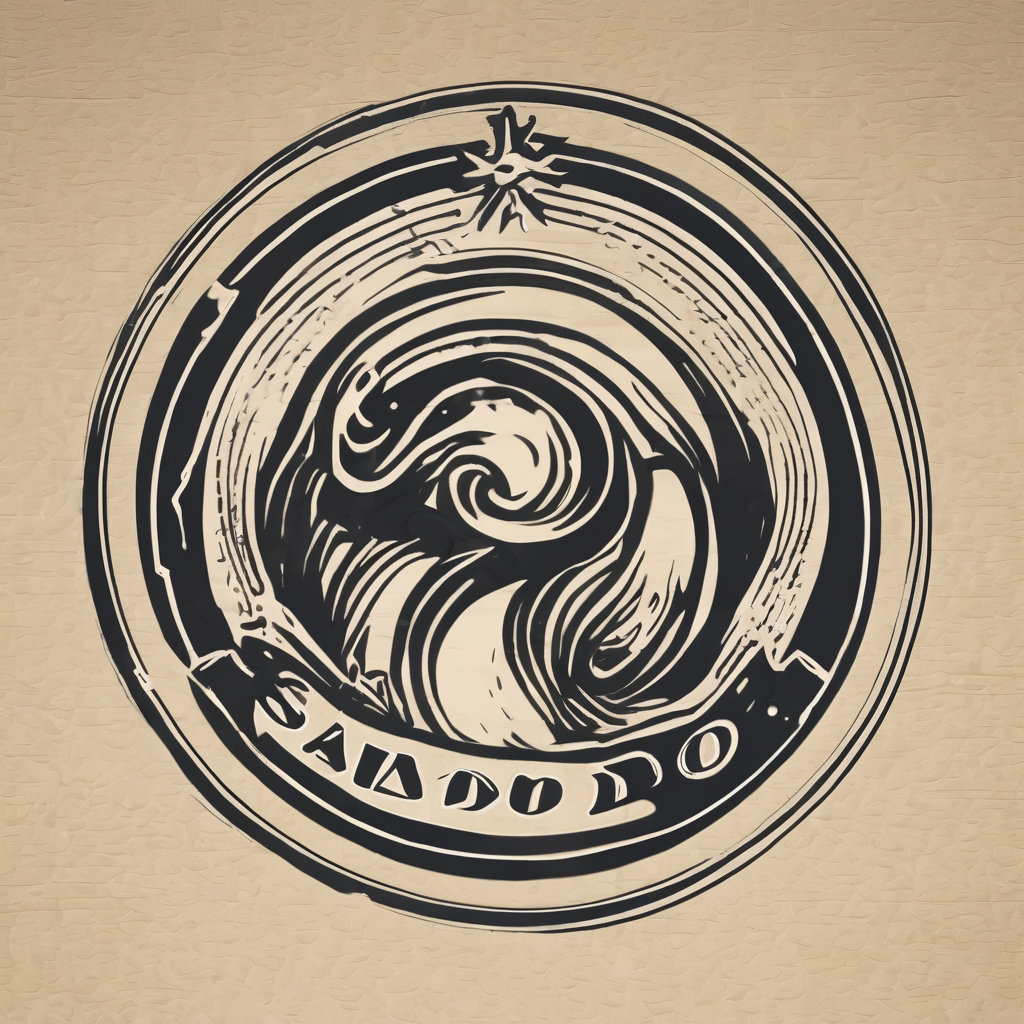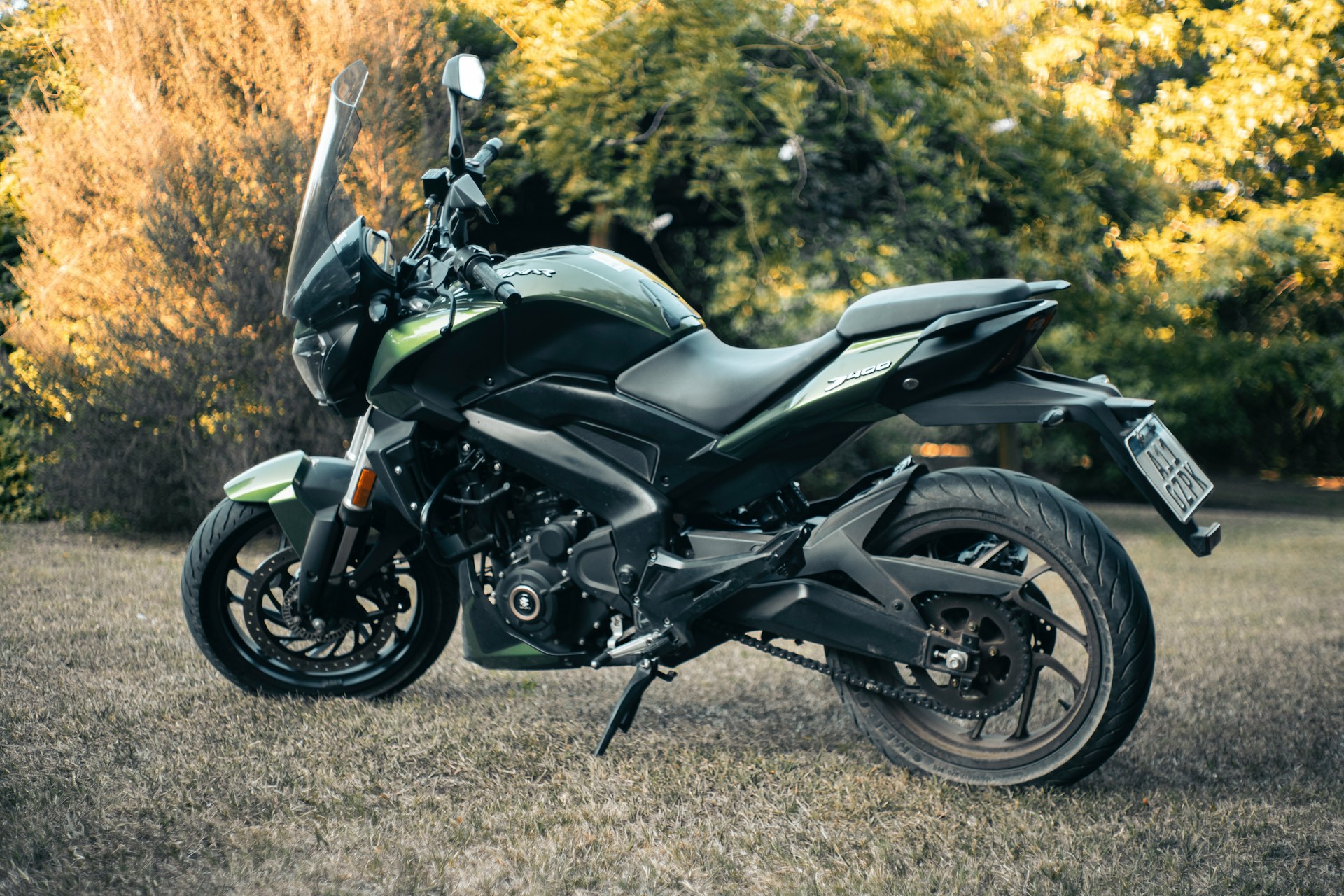As motorcycle enthusiasts, it’s no secret that the thrill of riding on two wheels is hard to match. The sheer power, the speed, and the freedom of the open road are intoxicating. But for all the joy, there are a few practicalities to consider. One of these is how to adjust the gear ratios on your sports bike. Adjusting your gear ratios can significantly enhance your motorcycle’s performance, especially in urban traffic situations where quick acceleration is key. In this article, we dive into the details of how to make these adjustments, demystify the process, and help you get the most out of your ride.
Understanding Gear Ratios
Before you can adjust the gear ratios on your motorcycle, it’s crucial to understand what they are. The gear ratio is the relationship between the number of teeth on two gears that are meshed or connected. In the context of a motorcycle, this would be the front and rear gears, also known as the drive and driven gears respectively.
In the same genre : What are the latest advancements in sport bike seat technology for comfort during long UK rides?
An understanding of gear ratios can help you better control your bike in different riding conditions. A lower gear ratio provides more torque but less speed, while a higher ratio offers greater speed but less torque. This distinction is crucial in urban traffic conditions where you need to be able to accelerate quickly from a stopped or slow-moving position.
Adjusting the Front Gear
The front gear, also known as the drive sprocket, plays a significant role in determining your bike’s performance. Changing the size of your front gear can impact your acceleration and top speed. If you want to increase your acceleration in city traffic, you might consider reducing the size of your front sprocket. This action will reduce your gear ratio, increasing torque and thus acceleration.
Have you seen this : What are the best storage covers for protecting your sport bike from UK winter snow?
However, bear in mind that while a smaller front gear will improve your acceleration, it will also reduce your bike’s top speed. It’s a delicate balance that requires careful thought and consideration. What is more important for your riding style and typical travel conditions – speed or power?
Adjusting the Rear Gear
Just as the front gear plays a role in your bike’s performance, so too does the rear gear or driven sprocket. Unlike the drive sprocket where a smaller size increases acceleration, with the rear sprocket, a larger size will give you more acceleration.
By increasing the size of your rear sprocket, you increase the gear ratio, giving your bike more power, but less speed. This adjustment is particularly beneficial for urban riding in the UK, where roads can be heavy with traffic, and the ability to accelerate quickly is a definite advantage.
Choosing the Right Gear Ratio for Your Bike
Adjusting your bike’s gear ratios is not simply a matter of choosing to increase acceleration by reducing the size of your front gear and increasing the size of your rear. It’s crucial to consider the type of bike you are riding and the kind of riding you typically do.
Riders of sport bikes, which are high-performance machines designed for speed, might find that adjusting the gear ratios for increased acceleration could detract from what they love most about their bike – its top speed. That being said, for those riders who often find themselves navigating city traffic, the trade-off might be worth it.
The Impact of Gear Ratio on Engine Performance
The adjustments you make to your gear ratios don’t just affect your speed and acceleration; they also impact your engine performance. A lower gear ratio, achieved by a smaller front sprocket or larger rear, will make your engine work harder. This increased workload can lead to higher engine temperatures and more frequent maintenance.
Conversely, a higher gear ratio can ease the strain on your engine, but at the cost of acceleration. It’s a delicate balancing act, one that needs careful consideration based on your bike’s engine and frame, your riding style, and your typical routes.
In conclusion, adjusting your gear ratios can be a worthwhile exercise, providing a tangible improvement in acceleration, particularly in urban traffic conditions. However, these adjustments come with trade-offs in terms of top speed and engine strain, which each rider will need to evaluate and decide upon for their individual circumstances.
Balancing Gear Ratios and Fuel Efficiency
Efficient fuel consumption is a significant aspect to consider when adjusting your bike’s gear ratios. The gear ratio affects your bike’s throttle response and, by extension, the fuel efficiency. Therefore, it’s of utmost importance to hit a balance between acceleration and fuel economy.
A lower gear ratio may improve your acceleration in urban traffic, but it could also increase your fuel consumption. This situation happens because a bike with a lower gear ratio will rev higher at the same speed, causing the engine to consume more fuel. On the other hand, a higher gear ratio could improve your bike’s fuel efficiency but at the cost of acceleration.
For instance, a fixed gear road bike might be more fuel-efficient due to its simplicity and lack of gear-changing mechanisms, but it might struggle with acceleration in stop-and-start city traffic. A bike with a parallel twin engine might offer a wide range of gear ratios for the rider to choose from, providing flexibility in balancing acceleration with fuel efficiency.
Moreover, the impact of gear ratios on fuel efficiency isn’t limited to just the engine and its performance. It also extends to other parts of your bike, such as the rear wheel. A larger rear wheel can provide better acceleration, but it can also increase rolling resistance, which can lead to higher fuel consumption.
Finally, consider your bike’s instrument panel. Modern bikes often come with gear indicators, which can help you better manage your gear shifts for optimal fuel efficiency. By paying attention to these indicators and adjusting your gear shifts accordingly, you can strike a balance between acceleration and fuel efficiency.
The Role of Slipper Clutch and Mountain Bike Gearing
In addition to the gear ratios, other components can affect your bike’s acceleration. You should consider the role of the slipper clutch and mountain bike gearing in enhancing your bike’s performance.
A slipper clutch can be a game-changer when it comes to city riding. It allows for smoother downshifts, reducing the chance of rear wheel hop or lock-up when downshifting aggressively. This feature is beneficial when you need to reduce speed quickly, such as during unexpected traffic changes.
On the other hand, mountain bike gearing can offer a different perspective on gear ratios. Mountain bikes often have a very low gear ratio to provide maximum power and torque for climbing steep slopes. Some riders might find this feature beneficial in city traffic where frequent stops and starts require quick acceleration.
However, remember that while both the slipper clutch and mountain bike gearing can improve your bike’s performance, they also require careful maintenance. Keep an eye on your bronze badges and silver badges to ensure your bike is in top condition.
Conclusion
Adjusting gear ratios for better acceleration in UK urban traffic involves a delicate balance between various factors. It’s not just about altering the size of the front rear gear or focusing on one aspect like throttle response. It’s also about understanding your bike’s overall performance, including fuel efficiency and the strain on the engine.
Whether you’re riding a high-performance sports bike or a more modest road bike, it’s crucial to make informed decisions about gear ratios based on your riding style and typical routes. Remember, what works for one rider might not work for another.
Finding that perfect balance might require some trial and error, but the results can be worth it. Whether you’re zipping through city traffic or climbing steep hills, the right gear ratio can make your ride smoother, more efficient, and more enjoyable. So, don’t hesitate to explore, experiment, and improve your bike’s performance. After all, the joy of motorcycling is not just in reaching the destination, but also in enjoying the journey.






